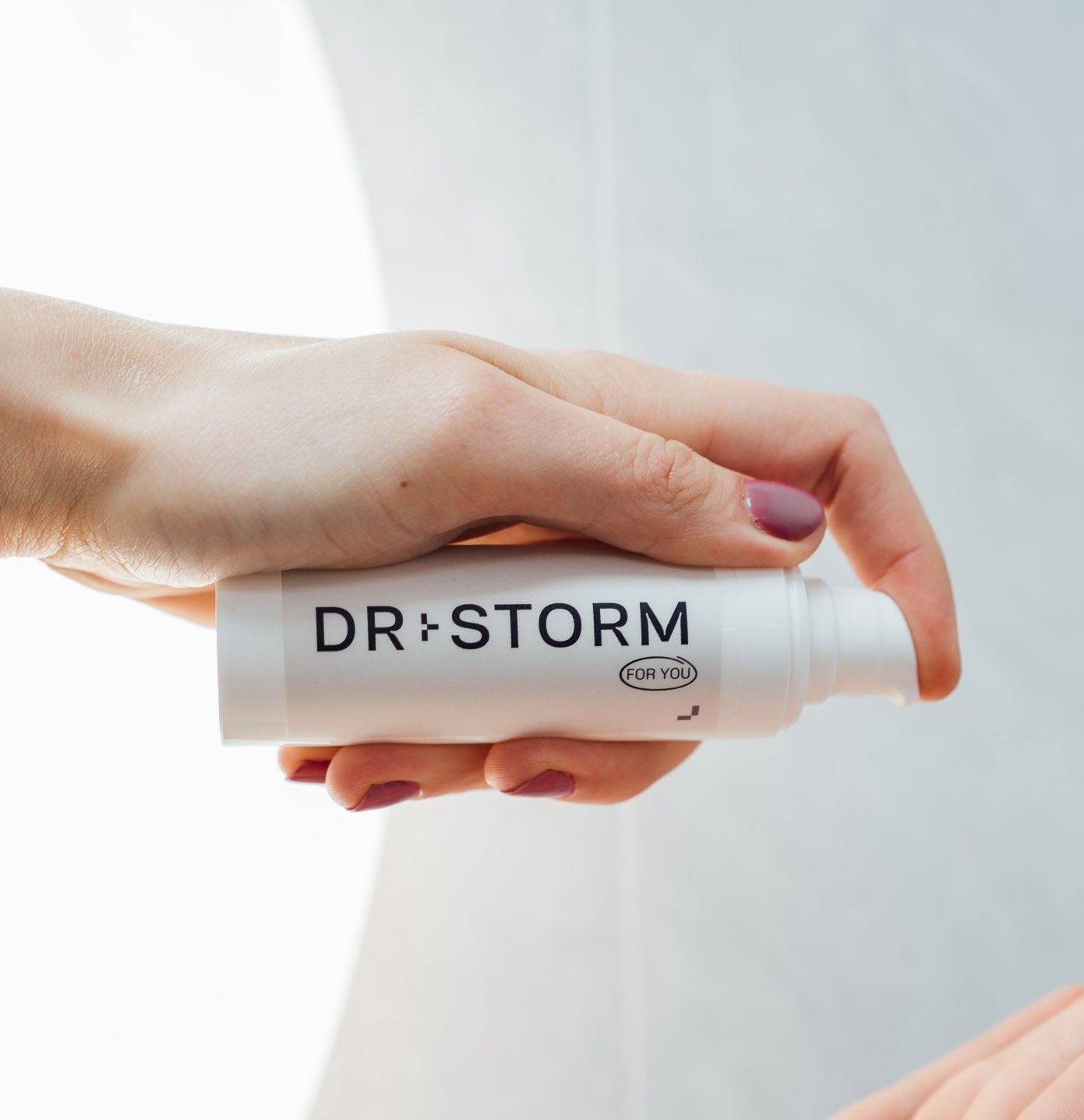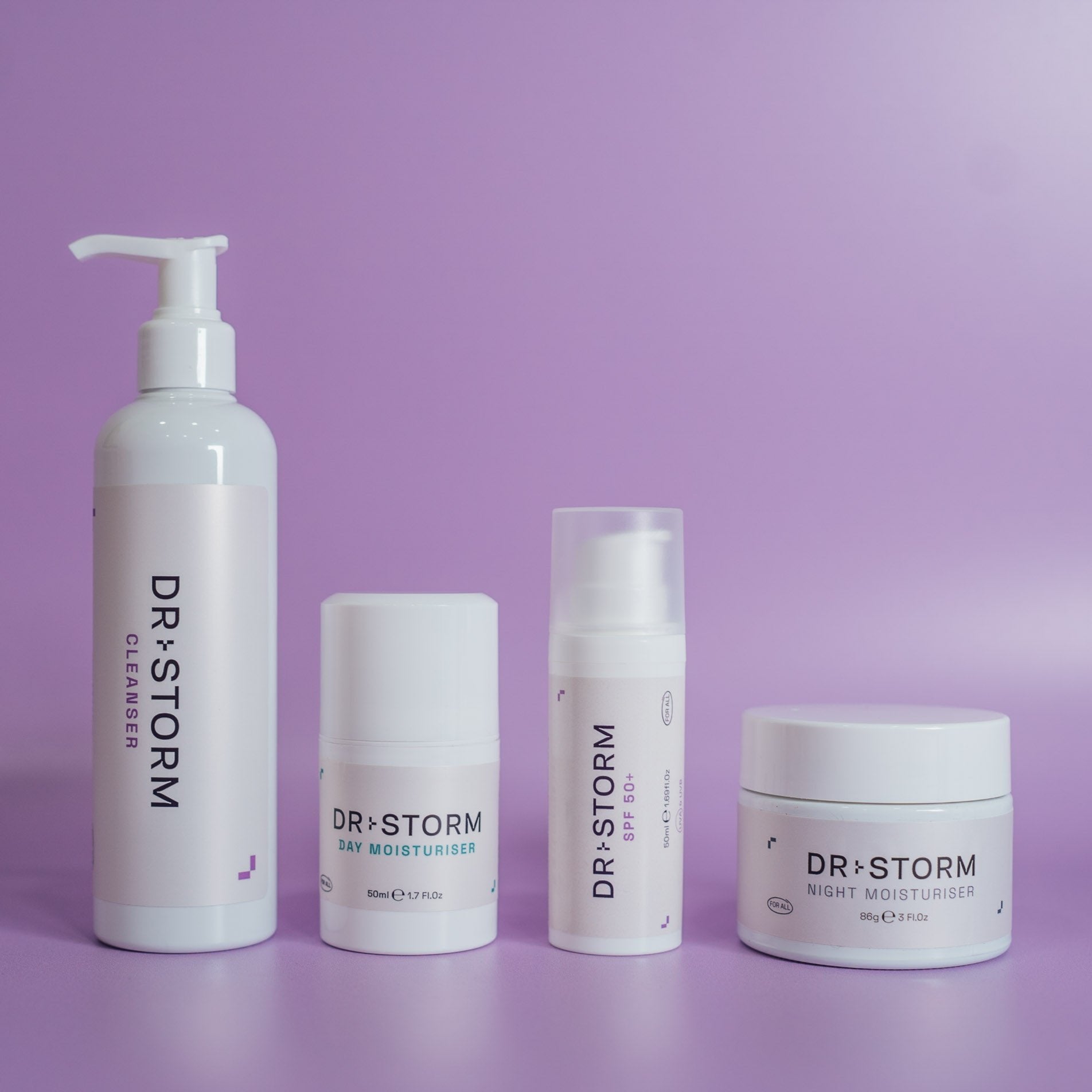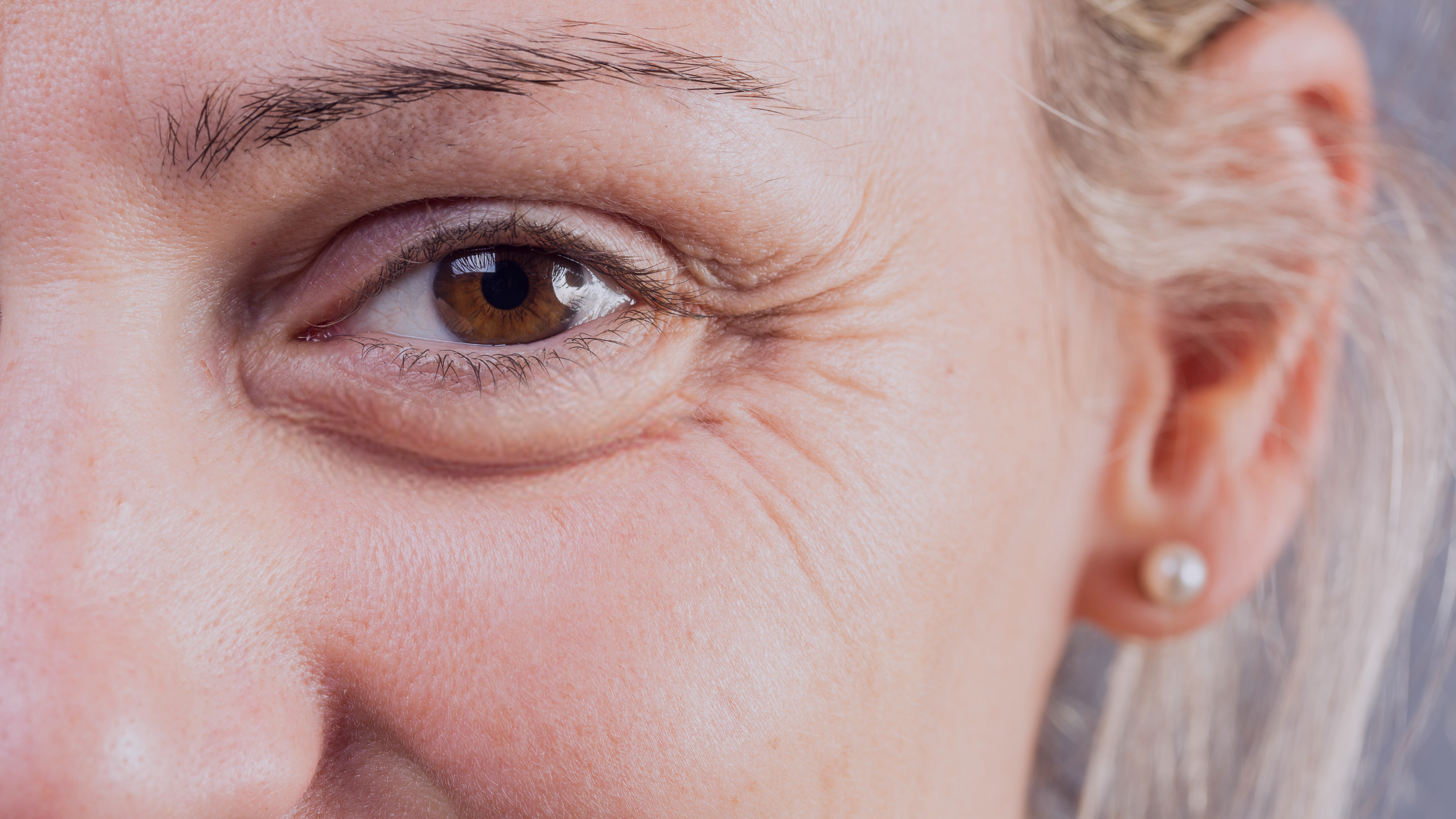Introduction
Why do some people develop melasma and pigmentation while others do not? This question often puzzles many who struggle with these common skin conditions. Understanding the underlying causes of melasma and other types of skin pigmentation is crucial for effective prevention and treatment. By uncovering the factors that contribute to these conditions, you can take proactive steps towards healthier, clearer skin.
In this blog post, we'll delve into what causes melasma, examine different skin pigmentation causes, and provide practical tips on how to prevent melasma. By gaining a comprehensive understanding of these factors, you can better manage and potentially reduce the appearance of these skin concerns. Whether you're personally affected or simply curious, this information will equip you with valuable insights into maintaining an even skin tone and enhancing your overall skin health.
What is Melasma?
Definition and Characteristics
Melasma is a common skin condition characterised by the development of brown, grey, or blue-grey patches on the skin. It occurs when melanocytes, the cells responsible for producing pigment in the skin, produce excess melanin, leading to these darkened areas. Melasma is often associated with hormonal changes, making it particularly prevalent among women.
Common Areas Affected
Melasma typically appears on sun-exposed areas of the face. The most common areas affected include:
- Cheeks: Symmetrical patches on both sides of the face.
- Forehead: Broad areas of pigmentation across the forehead.
- Nose: The bridge of the nose often shows signs of melasma.
- Upper Lip: A distinctive, moustache-like pattern of discoloration.
Appearance
The patches associated with melasma can range in color from light brown to dark brown, gray, or blue-gray. These patches are usually flat, with a uniform appearance, and can vary in size.
What is Hyperpigmentation?
Definition and Characteristics
Hyperpigmentation is a condition where certain areas of the skin become darker than the surrounding skin due to an excess production of melanin. It can affect people of all skin types and is generally harmless, although it can be a cosmetic concern for many.
Different Types of Hyperpigmentation
-
Post-Inflammatory Hyperpigmentation (PIH)
- Description: Dark spots that appear following an injury or inflammation of the skin, such as acne, eczema, or cuts.
- Causes: Skin trauma or inflammatory skin conditions.
-
Sun spots (Solar Lentigines)
- Description: Flat, brown spots that develop on sun-exposed areas of the skin.
- Causes: Prolonged and repeated exposure to ultraviolet (UV) radiation.
- Keywords: Sun exposure and pigmentation.
-
Freckles (Ephelides)
- Description: Small, flat, tan or light-brown spots that typically appear on sun-exposed areas.
- Causes: Genetic predisposition and sun exposure.
-
Melasma
- Description: Larger, symmetrical patches of darkened skin, often appearing on the face.
- Causes: Hormonal changes and sun exposure.
- Keywords: Hormonal melasma causes, Hormonal pigmentation.
Comparison Between Melasma and Other Forms of Hyperpigmentation
-
Melasma vs. Post-Inflammatory Hyperpigmentation (PIH)
- Melasma: Often triggered by hormonal changes and sun exposure, leading to larger, symmetrical patches.
- PIH: Results from skin trauma or inflammation and normally appears as smaller, irregular dark spots or redness/purple discolouration.
-
Melasma vs. Sunspots
- Melasma: More prevalent in women due to hormonal changes, and affects younger to middle-aged individuals.
- Sun spots: Typically affect older adults and result from cumulative sun exposure, appearing as small, flat, brown spots.
-
Melasma vs. Freckles
- Melasma: Characterised by larger patches due to hormonal influences and sun exposure.
- Freckles: Smaller spots that are primarily genetic and exacerbated by sun exposure.
Understanding the differences between melasma and other forms of hyperpigmentation is essential for effective treatment and management. By recognising the specific causes and characteristics of these conditions, such as the impact of sun exposure and pigmentation, and the role of hormonal changes, you can better address and potentially prevent them.
Causes of Melasma and Pigmentation
Genetics
Role of Genetic Predisposition in Developing Melasma and Pigmentation: Genetics play a significant role in the likelihood of developing melasma and pigmentation. If your family members have experienced these conditions, you are more likely to develop them as well. Genetic predisposition affects how your skin reacts to environmental factors such as sun exposure and hormonal changes. This inherited trait can make your skin more prone to producing excess melanin, leading to darker patches.
Hormonal Changes
Impact of Pregnancy, Birth Control Pills, Hormone Therapy: Hormonal fluctuations are a major trigger for melasma, especially in women. During pregnancy, increased levels of oestrogen and progesterone can lead to the "mask of pregnancy," where dark patches appear on the face. Birth control pills and hormone replacement therapy can also cause melasma by altering hormone levels, which stimulates melanin production.
The "Mask of Pregnancy" Also known as chloasma, the "mask of pregnancy" refers to the dark patches that develop on the face during pregnancy due to hormonal changes. This condition is common and usually fades after childbirth, but it can be persistent for some women.
Sun Exposure
How UV Radiation Triggers Melanin Production: Sun exposure is one of the most significant factors contributing to hyperpigmentation. Ultraviolet (UV) radiation from the sun stimulates melanocytes, the cells responsible for producing melanin. This increased melanin production can cause existing dark spots to worsen and new ones to develop. Regular sun exposure without adequate protection can lead to cumulative damage and persistent pigmentation issues.
Importance of Sun Protection Given the impact of UV radiation, protecting your skin from the sun is crucial. Use a broad-spectrum sunscreen with an SPF of 50 or higher, wear protective clothing, and seek shade during peak sunlight hours to prevent melasma and pigmentation from worsening.
Skin Inflammation
Causes of Post-Inflammatory Hyperpigmentation (Acne, Eczema, Injuries) Inflammation resulting from skin conditions like acne, eczema, or injuries can lead to post-inflammatory hyperpigmentation (PIH). When the skin heals from these conditions, it may produce excess melanin, leaving dark spots or patches. PIH can affect any skin type but is more prominent and persistent in individuals with darker skin tones.
Medications
Certain Drugs That Can Lead to Pigmentation Changes Some medications can cause hyperpigmentation as a side effect. These include certain antibiotics, chemotherapy drugs, and medications used to treat psychiatric conditions. These drugs can make the skin more sensitive to sunlight or directly stimulate melanin production, leading to darker patches on the skin.
Cosmetic Products
Reactions to Skincare or Cosmetic Products Causing Pigmentation Certain skincare or cosmetic products can trigger pigmentation changes, especially if they contain harsh chemicals or irritants. Ingredients like fragrances, preservatives, and certain acids can cause skin irritation and subsequent hyperpigmentation. It's essential to choose products that are suitable for your skin type and to perform patch tests before using new products extensively.
Lifestyle Factors
Influence of Stress on Skin Health Chronic stress can have a detrimental effect on your skin. Stress triggers the release of cortisol, a hormone that can lead to increased melanin production and exacerbate pigmentation issues. Additionally, stress can worsen skin conditions like acne and eczema, contributing to post-inflammatory hyperpigmentation.
Preventing and Managing Melasma and Pigmentation
Effectively preventing and managing melasma and pigmentation involves a comprehensive approach that includes sun protection, a well-thought-out skincare routine, medical treatments, and healthy lifestyle choices. Here are some practical and effective strategies:
Sun Protection
Use of Broad-Spectrum Sunscreen One of the most crucial steps in preventing melasma and pigmentation is protecting your skin from harmful UV radiation. Use a broad-spectrum sunscreen with an SPF of 50 or higher every day when exposed to the sun and reapply every 2 hours. Broad-spectrum sunscreens protect against both UVA and UVB rays, which can trigger melanin production and worsen pigmentation.
Wearing Hats and Protective Clothing In addition to sunscreen, wearing hats with wide brims and protective clothing can significantly reduce your skin's exposure to the sun. Look for clothing with UPF (Ultraviolet Protection Factor) for added protection. Sunglasses that block UV rays can also help protect the delicate skin around your eyes.
Skincare Routine
Importance of Using Gentle Skincare Products Using gentle skincare products is essential for managing melasma and pigmentation. Harsh products can irritate the skin, leading to inflammation and worsening pigmentation. Opt for products that are fragrance-free and formulated for sensitive skin.
Medical Treatments
Options Like Laser Therapy and Prescription Creams For more persistent cases of melasma and pigmentation, medical treatments can offer significant improvement. Here are some options:
- Light and Laser Therapies: Light treatments like Broad Band Light (BBL) or hybrid lasers like HALO target and break down pigment in the skin, helping to lighten dark patches.
-
Prescription Creams:Medical professionals can prescribe creams containing ingredients like hydroquinone and tretinoin which can effectively lighten pigmentation.

Healthy Lifestyle Choices
Stress Management Techniques Chronic stress can exacerbate skin conditions, including melasma and pigmentation. Incorporate stress management techniques into your daily routine, such as:
- Exercise: Regular physical activity can help reduce stress levels and improve overall skin health.
- Mindfulness and Meditation: Practices like yoga, meditation, and deep breathing can help manage stress and improve your mental well-being.
- Adequate Sleep: Ensure you get enough sleep each night, as rest is crucial for skin repair and regeneration.
Conclusion
In conclusion, understanding the causes and management of melasma and pigmentation is crucial for maintaining healthy, clear skin. By exploring the factors such as genetics, hormonal changes, sun exposure, skin inflammation, medications, cosmetic products, and lifestyle habits that contribute to these conditions, you can take proactive steps towards prevention and effective treatment.
Recap of Key Points:
- Melasma and pigmentation are common skin conditions characterised by dark patches on the skin, often triggered by factors like hormonal changes and sun exposure.
- Different types of hyperpigmentation include melasma, post-inflammatory hyperpigmentation (PIH), sun spots, and freckles, each with distinct causes and characteristics.
- Factors such as genetics, hormonal fluctuations, excessive sun exposure, skin inflammation, certain medications, cosmetic products, and lifestyle choices can influence the development of these skin concerns.
- Preventive measures include sun protection using broad-spectrum sunscreen, adopting a gentle skincare routine, considering medical treatments like laser therapy for persistent cases, and maintaining a healthy lifestyle and stress management techniques.
Reach Out For Professional Advice
For personalised advice tailored to your specific skin type and condition, consulting a medical professional is highly recommended. Here at Dr Storm we can provide professional insights, recommend suitable treatments, and monitor your progress to achieve optimal results in managing melasma and pigmentation. We have helped 1000s of women finally clear their pigmentation and achieve clear and glowing skin.
Emphasis on Self-Care and Protection Against UV Exposure:
Taking care of your skin goes beyond just treating existing pigmentation. Practising daily sun protection, using gentle skincare products, and maintaining a healthy lifestyle are essential habits that contribute to overall skin health and can prevent further pigmentation issues.
Share With a Loved One
If you found this information valuable, consider sharing this post with friends, family, or colleagues who might benefit from understanding more about melasma and pigmentation. Together, we can raise awareness and empower others to take control of their skin health.
Remember, each person's skin is unique, and what works for one may not work for another. By staying informed, seeking professional guidance, and practising good skincare habits, you can achieve healthier, more radiant skin and confidently face the world.
Thank you for reading!







